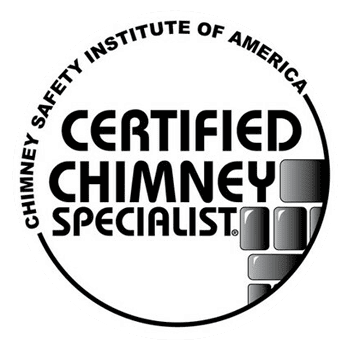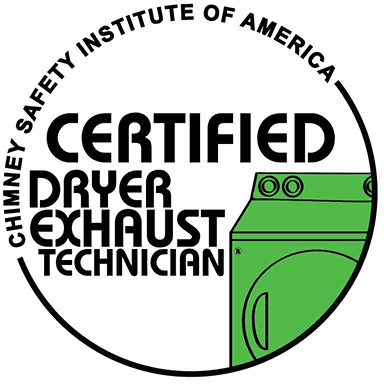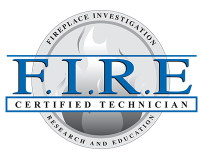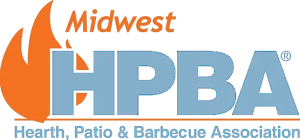Common Signs of Chimney Damage: What to Look For
Chimneys are an important part of any home, providing ventilation for fireplaces and furnaces. Unfortunately, chimneys can suffer from damage over time due to weather, age, and other factors. It is important to be aware of the signs of chimney damage so that you can take steps to repair it before it becomes a major problem.
One of the most common signs of chimney damage is crumbling or missing mortar. Mortar is the material that holds the bricks of the chimney together, and if it is damaged, the bricks can become loose and fall out. You may also notice cracks in the bricks or mortar, which can be a sign of structural damage.
Another sign of chimney damage is a leak. If you notice water coming in through the chimney, it could be a sign that the flashing or sealant around the chimney is damaged. This can lead to water damage inside the home, so it is important to have it repaired as soon as possible.
If you notice any smoke or odors coming from the chimney, it could be a sign of a blockage. This could be caused by a buildup of creosote, which is a byproduct of burning wood. If left unchecked, this can lead to a chimney fire.
Finally, if you notice any animals or birds nesting in the chimney, it could be a sign that the chimney is damaged. Animals can cause further damage to the chimney, so it is important to have it inspected and repaired as soon as possible.
If you notice any of these signs of chimney damage, it is important to have it inspected and repaired as soon as possible. Ignoring the problem can lead to further damage and even a chimney fire, so it is important to take action quickly.
How to Identify Chimney Damage Before It Becomes a Problem
Chimneys are an important part of any home, providing ventilation for fireplaces and furnaces. However, if not properly maintained, chimneys can become damaged and cause serious problems. To prevent this, it is important to identify any potential chimney damage before it becomes a problem.
The first step in identifying chimney damage is to inspect the exterior of the chimney. Look for any signs of cracking, crumbling, or other damage to the brick or mortar. Also, check for any loose or missing bricks, as well as any gaps or holes in the chimney. If any of these signs are present, it is important to have the chimney inspected by a professional.
The next step is to inspect the interior of the chimney. Look for any signs of water damage, such as staining or discoloration on the walls or ceiling. Also, check for any signs of rust or corrosion on the metal components of the chimney. If any of these signs are present, it is important to have the chimney inspected by a professional.
Finally, it is important to inspect the chimney cap. The cap should be securely attached to the top of the chimney and should be free of any cracks or damage. If the cap is loose or missing, it is important to have it replaced as soon as possible.
By following these steps, homeowners can identify any potential chimney damage before it becomes a problem. If any signs of damage are present, it is important to have the chimney inspected by a professional to ensure that it is safe and functioning properly.
The Benefits of Regular Chimney Inspections and Repairs
Regular chimney inspections and repairs are essential for the safety and efficiency of any home. Chimneys are designed to safely vent smoke and other byproducts of burning fuel, such as wood, coal, and gas. Without regular maintenance, these byproducts can build up and cause a variety of problems, including fire hazards, air pollution, and health risks.
The most important benefit of regular chimney inspections and repairs is safety. A chimney that is not properly maintained can be a fire hazard. Creosote, a byproduct of burning fuel, can build up in the chimney and create a fire hazard. Regular inspections and repairs can help to reduce the risk of a chimney fire.
In addition to safety, regular chimney inspections and repairs can also help to improve the efficiency of your home. A chimney that is not properly maintained can be a source of air leaks. This can lead to increased energy costs as your home’s heating and cooling systems have to work harder to maintain a comfortable temperature. Regular inspections and repairs can help to identify and repair any air leaks, resulting in improved energy efficiency.
Finally, regular chimney inspections and repairs can help to reduce the risk of health problems. Poorly maintained chimneys can be a source of air pollution, as smoke and other byproducts can escape into the home. This can lead to respiratory problems, such as asthma and allergies. Regular inspections and repairs can help to reduce the risk of these health problems.
In conclusion, regular chimney inspections and repairs are essential for the safety and efficiency of any home. They can help to reduce the risk of fire hazards, air pollution, and health problems. Regular inspections and repairs can also help to improve the efficiency of your home, resulting in lower energy costs. For these reasons, it is important to have your chimney inspected and repaired on a regular basis.











